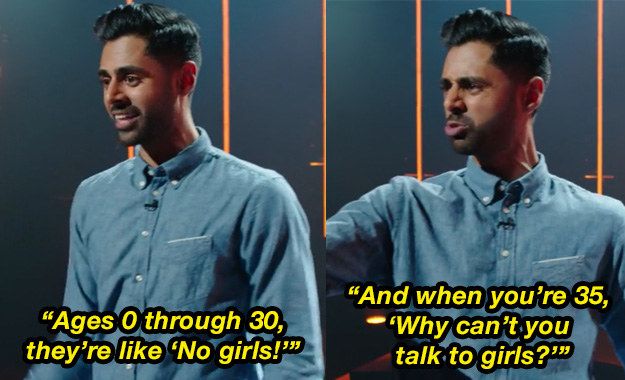The coming of Indian Web Series in the market has sure created a buzz by talking about things never discussed before. This comes with both positive as well as negative effects.
The ever-growing popularity of internet has led to the increase in the viewership of visual content. Several applications have been created in the recent times to cater to the market of visual media. The emergence of web series, in this respect, is perhaps the most prominent effect time has had on visual media. Netflix, Amazon Prime, Hotstar, etc, have also stepped into the field of creating content rather than just distributing; several Indian channels have also taken the form of applications or apps as we know them.
Since the internet offers a greater audience than any other mode of communication in today’s time, makers have also stepped into the field of creating content for the internet (various apps included). Indian web series have stemmed out, as a result; as a river for the sea of already existing content online. Interestingly, they are stepping away from the standards set by the daily soap opera culture. Western values hav a lot to do with this, of course, but the consequences are both positive and negative.
A second year student from SGTB Khalsa College says, “Nudity in Indian web series has been made possible, courtesy western drama. With them being open about these things, they are not a taboo completely by themselves. Same goes with the use of profanity.” It is true that the way sex is shown in the web series being made in India is a lot different than the way it is hushed about in the soap operas and that it is an effect of the western shows that are relatively open about such things. The release of Sacred Games (on Netflix) took the audience by surprise initially by its presentation of profanity and promiscuity. With the typical Anurag Kashyap lingo, Sacred Games created a huge buzz among the viewers. Shows like Criminal Justice (on Hotstar) or Delhi Crime (on Netflix) have resorted to showing the dark side of law and justice.
Series like Made in Heaven and Four More Shots Please (on Amazon Prime) have even taken up the issues of the LGBTQ community. But where these web shows have taken a positive turn into the tricky road of revolutionising the industry and creating a market of their own through presenting things that were not previously even considered to be presentable, they are also, in some ways, misrepresenting or wrongly showing the actuality of things. A third year student from Jesus and Mary College says, “I think Indian shows generally confuse ‘progressive thinking’ with sexual promiscuity and functional alcoholism which appears to be just the case nowadays.”
Where it should be duly acknowledged that we, as a society, lack even minimal formal sex education, it should also be realised that the accessibility of sexual content by young people may have more harmful consequences than one might expect. The way an immature mind perceives such sensitive issues can be easily measured by the number of minors participating in the act of raping girls and women on a daily basis. Therefore, though it is important to talk and represent the concerns regarding issues of sex, sexuality, alcohol, etc, it is also equally important to focus on the how(s), when(s) and why(s).
Feature Image Credits : NDTV
Akshada Shrotriya


